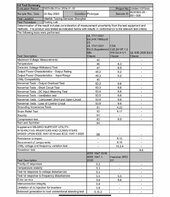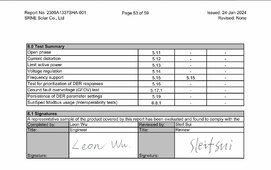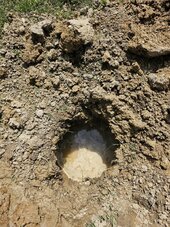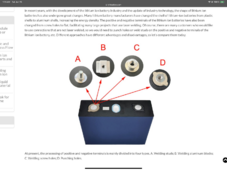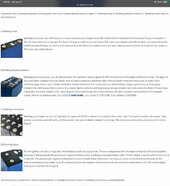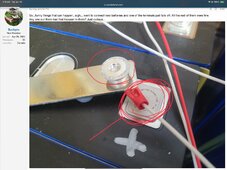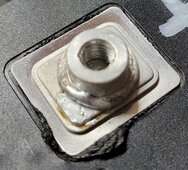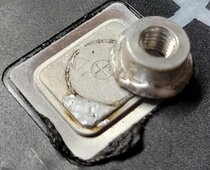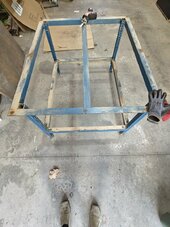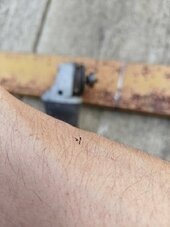For the past few months I've been running an EG4 6000XP, which has been very reliable except for one problem that EG4 could not resolve (tendency to trip ground fault on my ClipperCreek EVSE when switching from grid bypass to inverter output). I've been following
@42OhmsPA with his experience with ASF and the ASP. If not for the detailed info on the purchase experience with Alibaba and Borick being legitimate seller, I would have never ordered one (never bought anything from Alibaba before), nor would I have known that contacting Borick directly gets better price, nor would I have known to request DDP air freight. Thanks!
Borick was very responsive and took initiative to ask about my EVSE model/manual and the specific fault. To their credit they were forthright (expressed surprised that the problem occurred with the 6000XP, thought that the ASP's auto N-PE bond might help but weren't confident, let me know that I wouldn't be able to return the unit just because it doesn't resolve the problem with my EVSE). I decided to take the risk and order. From payment to delivery was 6 days, and from shipment to delivery was only one day (!).
The physical mounting was easier with the ASP because the two top mounting holes allowed the screws to be put in first and then the unit just could be hanged on the screws. The 6000XP's mounting bracket is slightly offset from the back of the unit, resulting in a little airgap behind the unit, which is a nice touch.
The ASP has built-in breaker for only AC input; the 6000XP's built-in PV cut-off switch and battery/gen/output breakers and neutral/ground bars are nice and tidy. But I think the worst part about the ASP is the difficulty of installing the AC input/output wires. Despite the manual stating that 6AWG wires are supported, it was much, much harder installing the AC input/output wires. The space for the wire diameter is smaller (challenging to insert even under ideal condition), the insertion points are near the back of the unit, the vertical space is tighter, making it really difficult with the stiffness of 6AWG wires. I ended up unscrewing the AC input/output board to get better angle for wire insertion, but even then it took much longer than expected. Even after the wires are inserted, forcing the board back to the original position was challenging (thought maybe the board would break).
The good news is that with the auto N-PE bond enabled, the ASP is able to switch between inverter output mode to grid bypass mode and back without tripping fault on my EVSE (if auto N-PE bonding is disabled, then the EVSE is in continuous ground fault). Whereas with the 6000XP, the problem persisted regardless of whether the (non-auto) N-PE bond is enabled. This seems to be a situation that benefits from the auto N-PE bond even though N-PE already is bonded through my service panel. Another pleasant surprise is that closed-loop BMS communication worked with LifePower4 batteries directly (after setting ASP to use Pylontech BMS protocol) via standard Ethernet cable. I was anticipating needing to get the LifePower4 Communication Hub for protocol compatibility but it worked without the hub.
According to Borick (have not tested it myself yet), once the ASP switches to bypass mode due to overload, manual action (via changing setting 01) is required to switch back to inverter output mode. The 6000XP does automatically switch back to inverter output, which is a nice feature that I rely upon. But since the ASP's output capacity is greater than the 6000XP's maximum bypass capacity (9kW), the greater output capacity makes up for the lack of automatic overload bypass switchback.
By the time I finished installation, it was late at night, so no PV generation yet. In the end, it's cheaper than the 6000XP, larger capacity, and fixed the EVSE ground fault issue for me. If it's as reliable as the 6000XP (which never exhibited any problem other than the EVSE ground fault), the pros would outweigh the cons of the difficult installation and not having the additional built-in breakers.
 IMG_6878.jpeg259.9 KB · Views: 8
IMG_6878.jpeg259.9 KB · Views: 8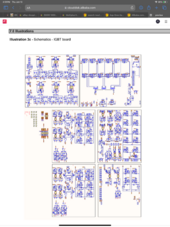 IMG_6889.png517.3 KB · Views: 10
IMG_6889.png517.3 KB · Views: 10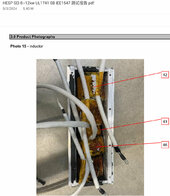 IMG_6888.jpeg170.4 KB · Views: 11
IMG_6888.jpeg170.4 KB · Views: 11 IMG_6887.jpeg126.6 KB · Views: 11
IMG_6887.jpeg126.6 KB · Views: 11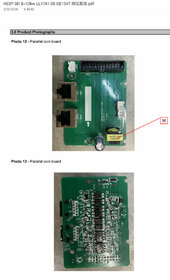 IMG_6886.jpeg106.9 KB · Views: 11
IMG_6886.jpeg106.9 KB · Views: 11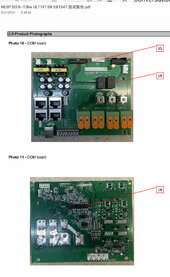 IMG_6885.jpeg147.2 KB · Views: 9
IMG_6885.jpeg147.2 KB · Views: 9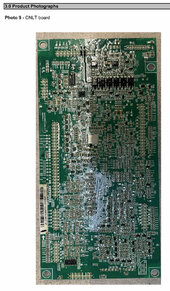 IMG_6884.jpeg234.6 KB · Views: 9
IMG_6884.jpeg234.6 KB · Views: 9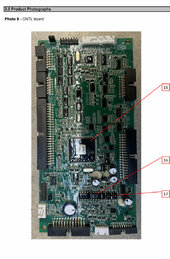 IMG_6883.jpeg202.7 KB · Views: 9
IMG_6883.jpeg202.7 KB · Views: 9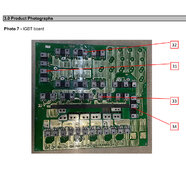 IMG_6882.jpeg907.5 KB · Views: 9
IMG_6882.jpeg907.5 KB · Views: 9 IMG_6881.jpeg147.5 KB · Views: 9
IMG_6881.jpeg147.5 KB · Views: 9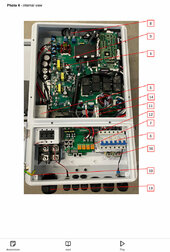 IMG_6880.jpeg160.8 KB · Views: 9
IMG_6880.jpeg160.8 KB · Views: 9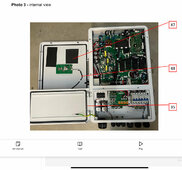 IMG_6879.jpeg170.6 KB · Views: 9
IMG_6879.jpeg170.6 KB · Views: 9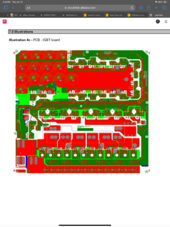 IMG_6890.png542.2 KB · Views: 8
IMG_6890.png542.2 KB · Views: 8


